April 17, 2015
A preview of Clerkenwell Design Week 2015 0
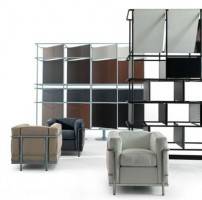 The organisers of Clerkenwell Design Week have announced the latest up to date details of its events and showrooms programme. Taking place between 19 and 21 May, this is the sixth year the event has taken place in London’s creative centre. Over 80 showrooms will take part this year, hosting a range of activities, discussions, showcases, product launches and talks. Confirmed keynote participants include designers such as David Adjaye (top), Michael Young and Patrizia Moroso. New participants this year include heritage brand Carl Hansen & Søn and modernist storage specialists USM. Office furniture firms Wilkhahn and Connection Seating will both open new showrooms on Great Sutton Street, while flooring manufacturer Milliken is significantly expanding its Berry Street premises.
The organisers of Clerkenwell Design Week have announced the latest up to date details of its events and showrooms programme. Taking place between 19 and 21 May, this is the sixth year the event has taken place in London’s creative centre. Over 80 showrooms will take part this year, hosting a range of activities, discussions, showcases, product launches and talks. Confirmed keynote participants include designers such as David Adjaye (top), Michael Young and Patrizia Moroso. New participants this year include heritage brand Carl Hansen & Søn and modernist storage specialists USM. Office furniture firms Wilkhahn and Connection Seating will both open new showrooms on Great Sutton Street, while flooring manufacturer Milliken is significantly expanding its Berry Street premises.










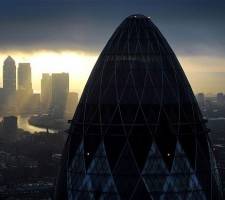

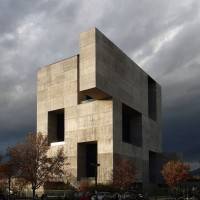


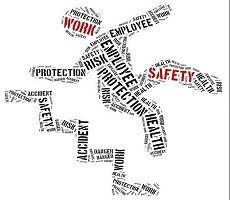



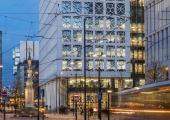




April 12, 2015
A preview of this year’s Milan International Furniture Fair 0
by Justin Miller • Comment, Events, Furniture, Workplace design
(more…)